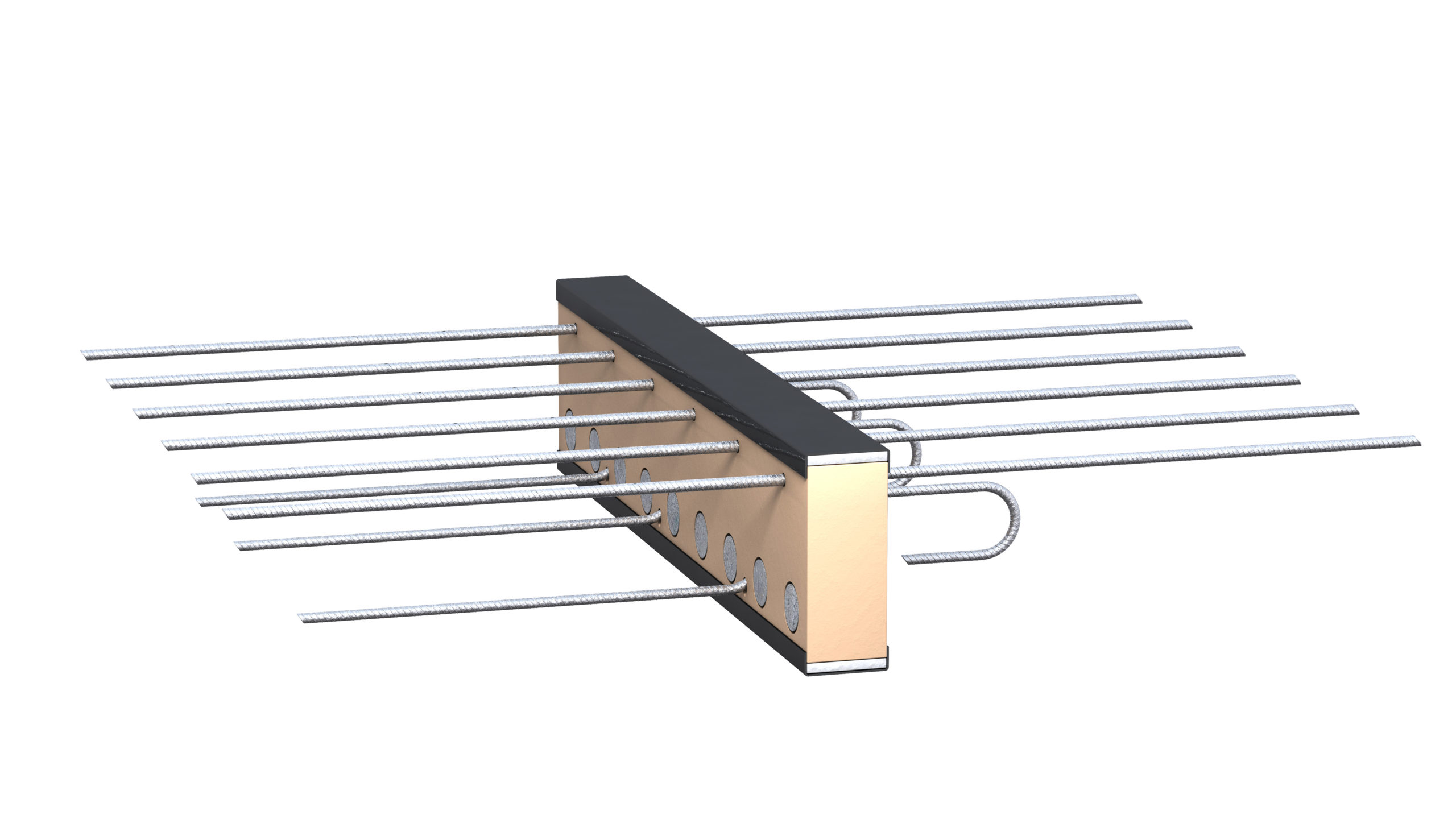
The differences between a thermal bridging and thermal breaks
Why Building Efficiency Depends on Understanding Key Terms
Creating efficient buildings is high on the agenda, but there’s a lot of vocabulary and terminology to try and understand. Thermal breaks and thermal bridges for example, have very different meanings but are often used incorrectly.
An overview of thermal bridging
Looking at thermal bridging, this is what is used to describe a connection within a building that has higher thermal conductivity than its surrounding materials. This results in what we can visualize as an actual bridge, or pathway, for heat to travel along to leave or enter the building envelope. These bridges cause lower thermal resistance and a less economical and efficient building altogether. These connections are where heat is transferred via conduction, and the rate at which this happens can be measured by determining the difference in temperatures at each end of the bridge. Alternatively, the thermal conductivity of the material can be measured before it is incorporated within a build.
How Thermal Bridges Impact Energy Efficiency and Building Health
As thermal bridges allow heat to escape or enter into a building, they can create a wide range of problems. Cold spots on interior walls can lead to condensation, mold and colder temperatures inside, meaning higher energy bills and issues meeting efficiency regulations and recommendations. These disadvantages are exactly why it is so important for architects, specifiers and engineers to properly understand how detrimental thermal bridging can be so these issues can be combated.

Other Articles& Projects
Armatherm Cast-In Situ Thermal Breaks

Are thermal breaks overlooked in residential construction?

Thermal Bridging and Its Effect on Air Quality Indoors

Achieving Net Zero with Innovative Construction Solutions

The importance of thermal breaks in parapet applications

Earn Credits Thermal Bridging Webinar

Modular construction: improving energy efficiency

Armatherm’s 2024 Exhibitor Events



